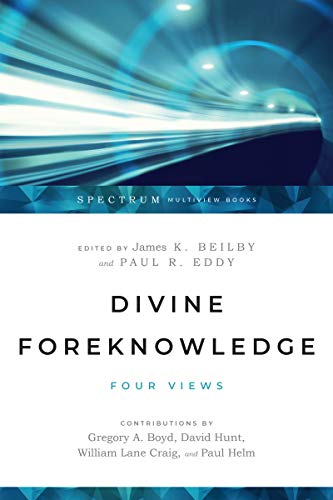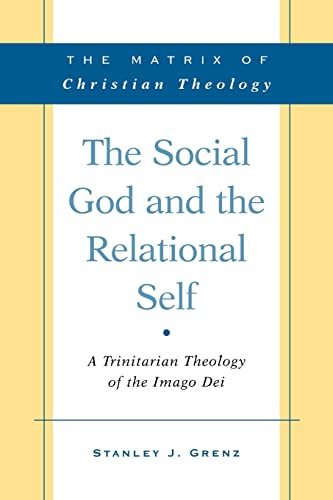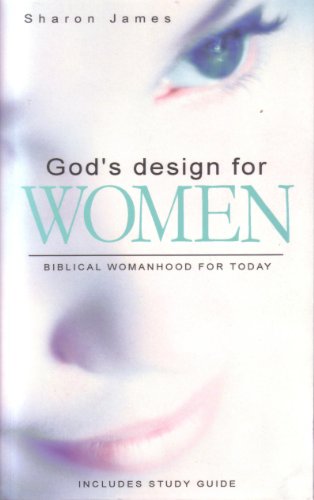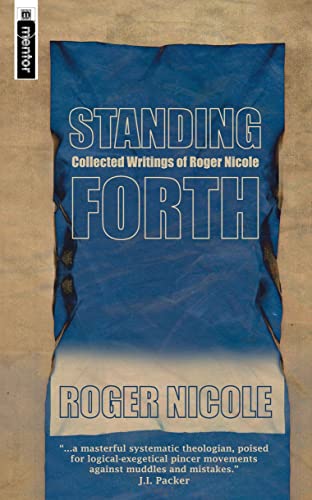JESUS AND ISRAEL’S TRADITIONS OF JUDGEMENT AND RESTORATION
Written by Steven M. Bryan Reviewed By Kenneth A. FoxThis invigorating study, a revision of a 1999 Cambridge University dissertation supervised by Andrew Chester and James Carleton Paget, explores how Jesus decisively shaped his ministry and message by his understanding and creative reworking of Jewish restoration eschatology. In the tradition of Michael Fishbane, Bryan shows how Jesus drew on particular prophetic traditions to challenge and subvert different prophetic traditions held by his contemporaries.
In the Introduction, Bryan provides a helpful synopsis of recent discussion on the criteria for authenticating individual sayings and traditions. In chapter two he examines the role that signs and scriptural interpretation played in prompting ‘belief that the time of Israel’s restoration had arrived’. He shows how Jesus shared with his contemporaries the conviction ‘that the eschatological intervention of God was about to begin or had already begun’. In his discussion of Mark 11:11–12 (and parallels) and Luke 11:30, Bryan says that in their request for a sign the Pharisees were requesting ‘an Exodus/Conquest-type demonstration of the power of God to effect the restoration of Israel’. In response Jesus predicts inevitable judgement.
Chapter three examines the parables of the tenants (Mark 12:1–9 and parallels), the workers in the vineyard (Matt. 20:1–16), the two sons (Matt. 21:28–32), the barren fig tree (Luke 13:6–9), and the great banquet (Matt. 22:1–14 and par.), together with the expression ‘this generation’ (Mark 13:30). Bryan shows how Jesus advanced an altogether different assessment of Israel’s salvation-historical situation, namely, of impending judgement rather than restoration, which in turn entailed the end of Israel’s election.
In chapter four, Bryan explores the development of Elijah-, resurrection-, and remnant theology-traditions in relation to Mark 9:11–13 (and parallels), and concludes that Jesus saw John’s call to repentance and baptism as effecting Israel’s eschatological reconstitution. This called into existence a remnant, symbolised by Jesus’ gathering of twelve disciples, made ready for the eschaton.
Chapter five commences with a detailed discussion of the heightened concern for purity in the Judaism of Jesus’ day and what motivated that concern. Bryan concludes that it was ultimately motivated by a particular vision of Israel’s eschatological restoration. He examines Mark 7 and Luke 10:30–36 in relation to Jesus’ stance toward the Jewish purity code. He says that Jesus’ ‘remarkable silence about the land is best explained if we suppose that it did not hold a central place in his eschatology’. Instead, Jesus was looking to ‘the sanctification of the whole earth by an eschatological action of God’.
Chapter six begins with an extensive treatment of Jewish traditions concerning the eschatological temple. Bryan then examines Jesus’ action in the temple (Mark 11:15–17), the cursing of fig tree (Mark 11:12–14), and Jesus and the temple tax (Matt. 17:24–27). He says that Jesus concluded that because the time of eschatological fulfilment had already arrived, the standing temple should already have been functioning as the eschatological temple. That it was not explains Jesus’ indictment of the temple and cursing of the fig tree. Just as the fig tree ought to have been bearing fruit perpetually in the eschaton so also should the nation of Israel.
Bryan thus provides the reader with a Jesus who was a thoroughly Jewish prophet of Israel’s restoration and judgement, whose ‘eschatology was substantially though not completely realised’. Bryan also explores implications of his study for plotting the relationship of Jesus to earliest Christianity. He sees strong continuities between the two ‘in their respective handling of central features of Jewish eschatology such as election, purity, Land and Temple’. If the success of a hypothesis depends on its ability to account for more data coherently, then Bryan’s ‘moderately conservative’ approach to the source material invites respect. This learned monograph demands careful reading by specialists and students of current, historical Jesus research.
Kenneth A. Fox
Canadian Theological Seminary, Calgary







